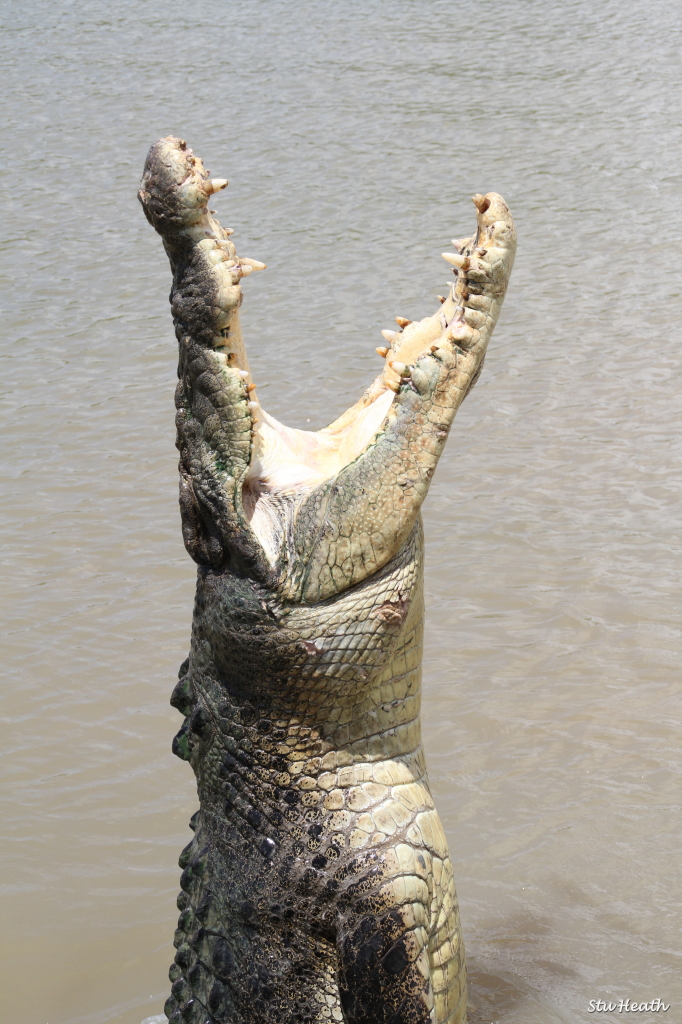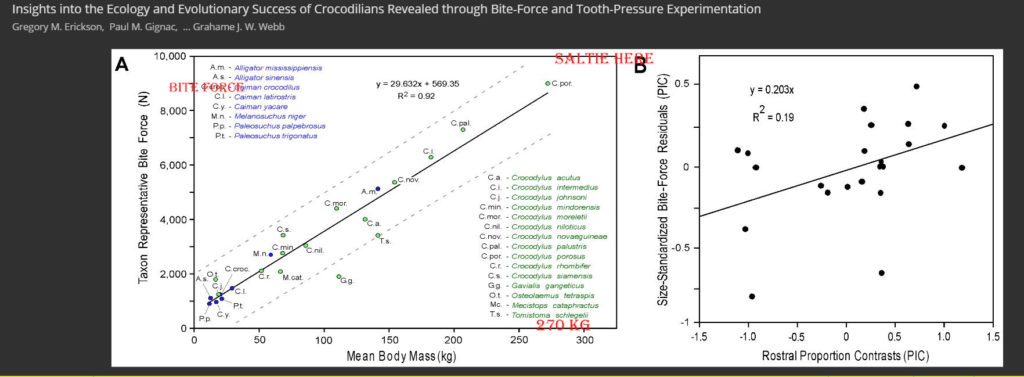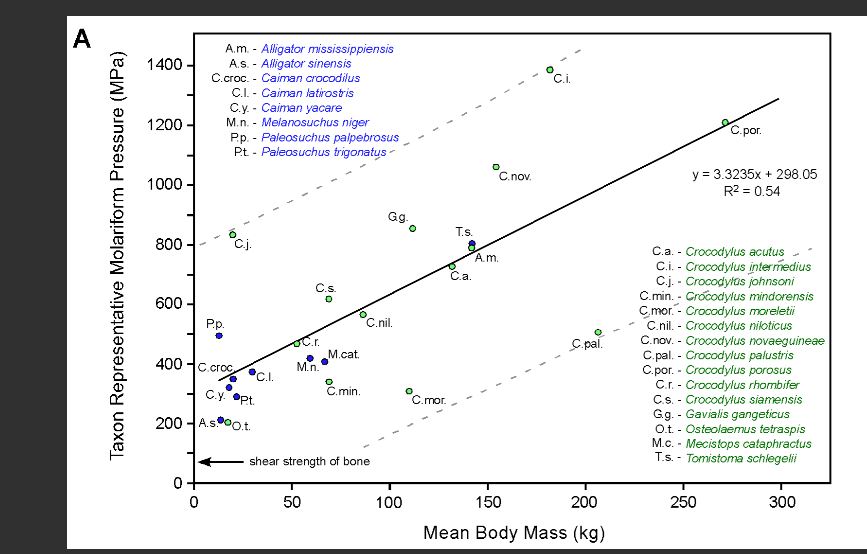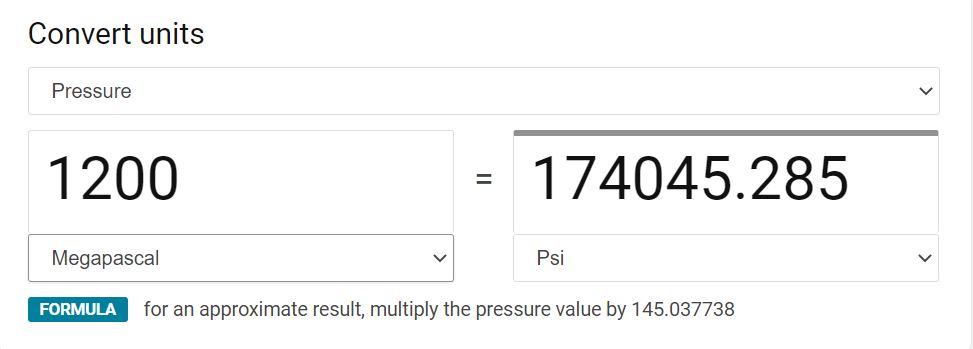CROCODILE BITES SOMEONE, SOMEWHERE, AND ALL SO OFTEN.
Crocodile bites man! Crocodile bites boy!

SOURCE: STU HEATH
Yes, every now and then the crocodile bites someone. That sounds bad, doesn’t it?
As you may know, I have already spent a bit of time on the “germy” side of the crocodile mouth.
CROCODILE BITES AND DAMAGE.
What about the damage done by those bloody big teeth?
When a crocodile bites it is more a gigantic hammer blow than a sharp cutting action. But this giant force creates enormous pressure from the teeth.
Like if you want to crack a walnut with your teeth you need to do two things:
- Bite with one tooth only, like the canine, and focus on your bite force on one pressure point.
- Line up a good prothodontist, just in case.
What the hell are we talking about?
CROCODILE BITES AND INFO AVAILABLE.
There is a fair bit of information out there, some of it confusing the issue, and so I will try and clear that up for you. Apologies in advance if I get him wrong but I am having trouble getting my head (teeth) around it.
I will focus on Australia’s big crocodile Crocodylus porosus, the Saltwater Crocodile.
So what about his bite?
There are two elements of this crocodile bites thing:
- The power of the jaws.
- The pressure exerted by the teeth.
- The jaws. This is bite force. The jaw slams shut with great speed and power.
CROCODILE BITES AND FORCE.
Let’s look at the following graphic. For a fairly small saltwater croc weighing in at 270 Kg, we are talking about one crocodile bites with a bite force of roughly 9000 Newtons.
Graphic

O.K. what does that mean?
A newton is an absolute unit of force # defined as that force necessary to provide a mass of one kilogram with an acceleration of one metre per second per second.
# International System of Units (SI units).
One Kg? Reckon those jaws snap together in an instant and as far as Kg per m2 are concerned, we are talking 9000 of them!
But how do you understand this?
CROCODILES AND PRESSURE.
See the conversion.

Say the mouth area was roughly a half square metre. The bite pressure would still be the same but the effect on your poor old body would be half of the 917 i.e. 458 Kg of bite pressure. Maybe, but there may be better scientists out there who will correct me. Still, you get it!
2. The pressure from the teeth.
Graphic shows pressure exerted from rear teeth of our 270 Kg saltie.

The same size saltie might bite you with his big front teeth; they are the meanest, most terrible-looking teeth that you can imagine in your dreams, but they are the ones you first see when he grabs you. That will be real bad!
But the real pressure will come when he gets you back into the mouth proper, and works on you with his “molars.” He tips his head back and gulps and gulps. Each time he opens the jaws and tilts you slide closer to oblivion. Finally, he gets you where he wants. The nutcracker is ready.
You are placed between the big back teeth. Not like our molars but kind of.
We noted the bite force, but this time we are talking not about the bite force of the jaws but the pressure exerted by the teeth themselves. We all know that if you push someone with your full hand it doesn’t have the same pressure effect as pushing with a single finger. This is about the higher pressure felt, simply because the force is more concentrated onto a smaller surface-contact area.
But now we are talking units of force i.e. the Megapascal.
THE GOOD OLD PSI.
A lot of people , especially older people, tend to think in psi (pounds per square inch). We grew up with psi and although we don’t mind counting our money in post decimal currency: dollars, well, units of force and pressure just don’t ring all the bells.
Well, a Megapascal will get you a lot of psi.
Our saltie will deliver 1200 MPa from those back teeth. The front teeth are a bit less at 600 MPa so that’s O.K.
Heck, I don’t think so. Not on my poor ol’ tired body.
Sadly, many people have met with those terrible teeth. Check the list of crocodile attacks in Australia. LINK TO CROCODILE ATTACKS.
Now if you own a car and add air to the tyres, you will know that the tyre pressure in a Ford Mustang tyre is about 35 psi. (N.B. all cars are pretty much the same).
What is the comparison with car tyres and croc bites?
Let’s convert the Megapascals, and remember on those back teeth we have 1200 Megapascals.

The result? We are talking about 170,000 psi from those big back teeth.
Comparison?
There really is not a comparison but, well, it’s like the same pressure contained in roughly 5,000 Ford Mustang tyres.
FIVE THOUSAND MUSTANG TYRES!
So the moral of this story is:
A. If you have to get bitten, then choose the front teeth. Well, hang on because I don’t think we took into account the length of the tooth. Revision and Review required Doctor!
B. Try to think in Megapascals, because 1200 sounds a lot less than 170,000.
Of course, to my mind, it would be better to avoid the creature and its horrific mouth.
cheers and do not go into THAT water.
